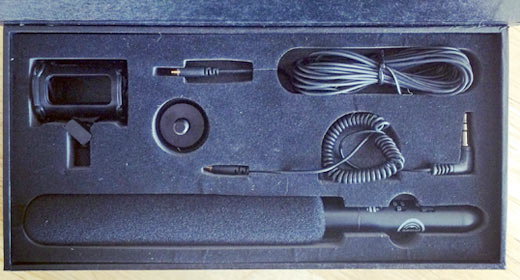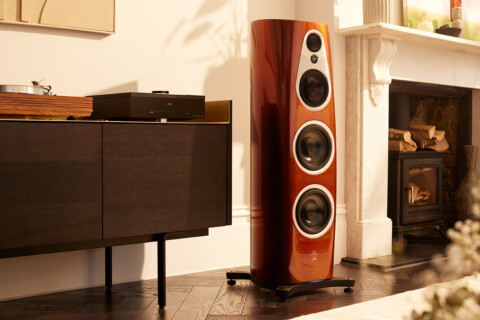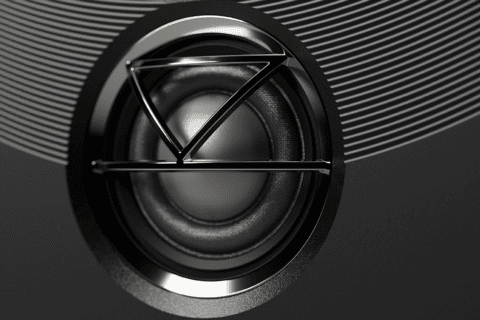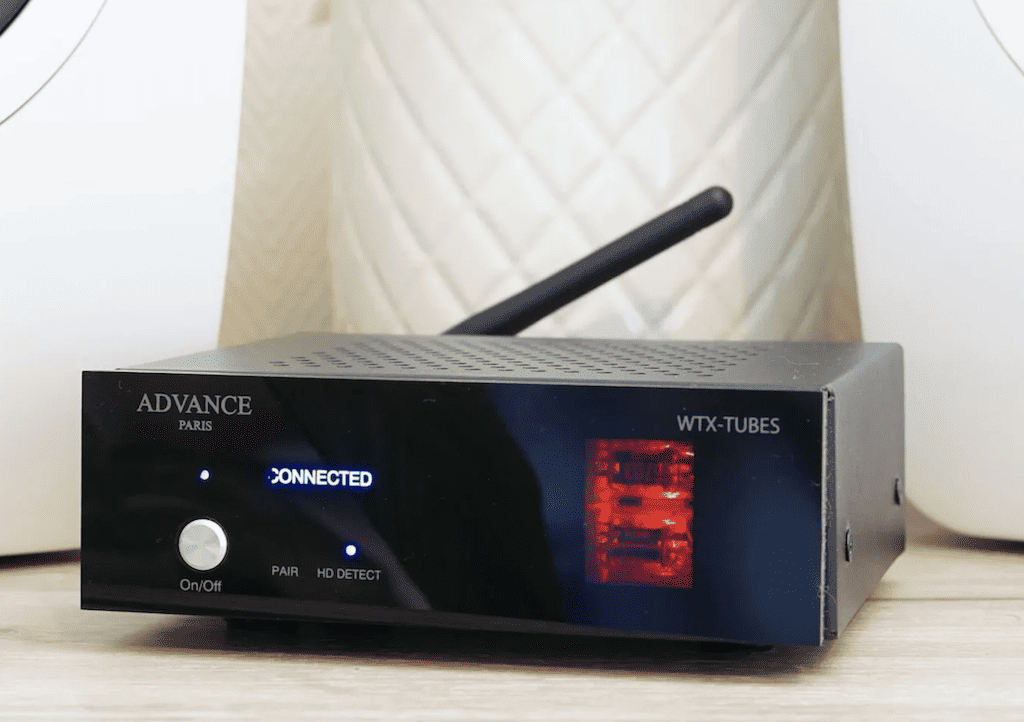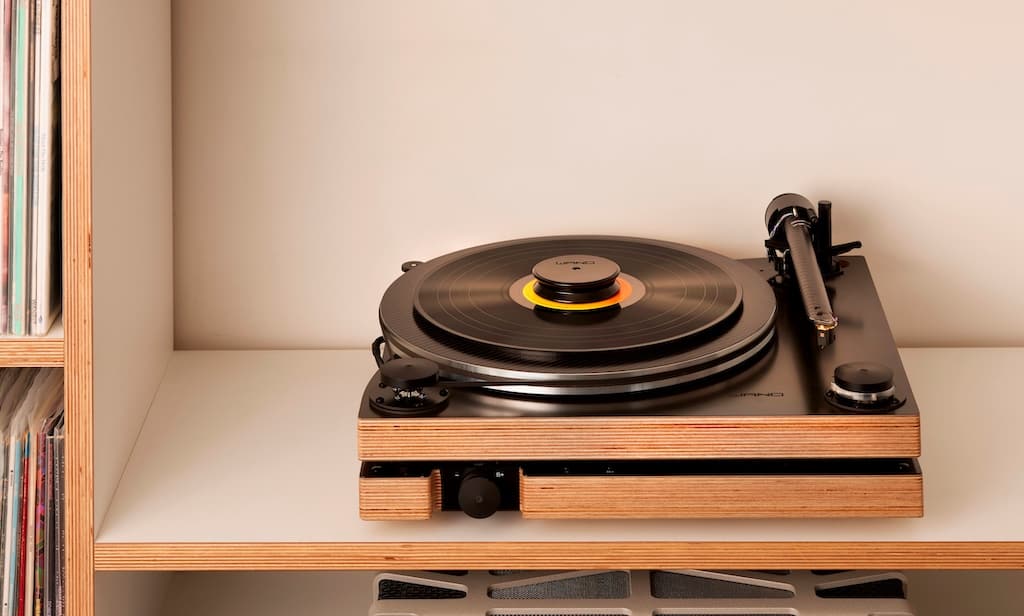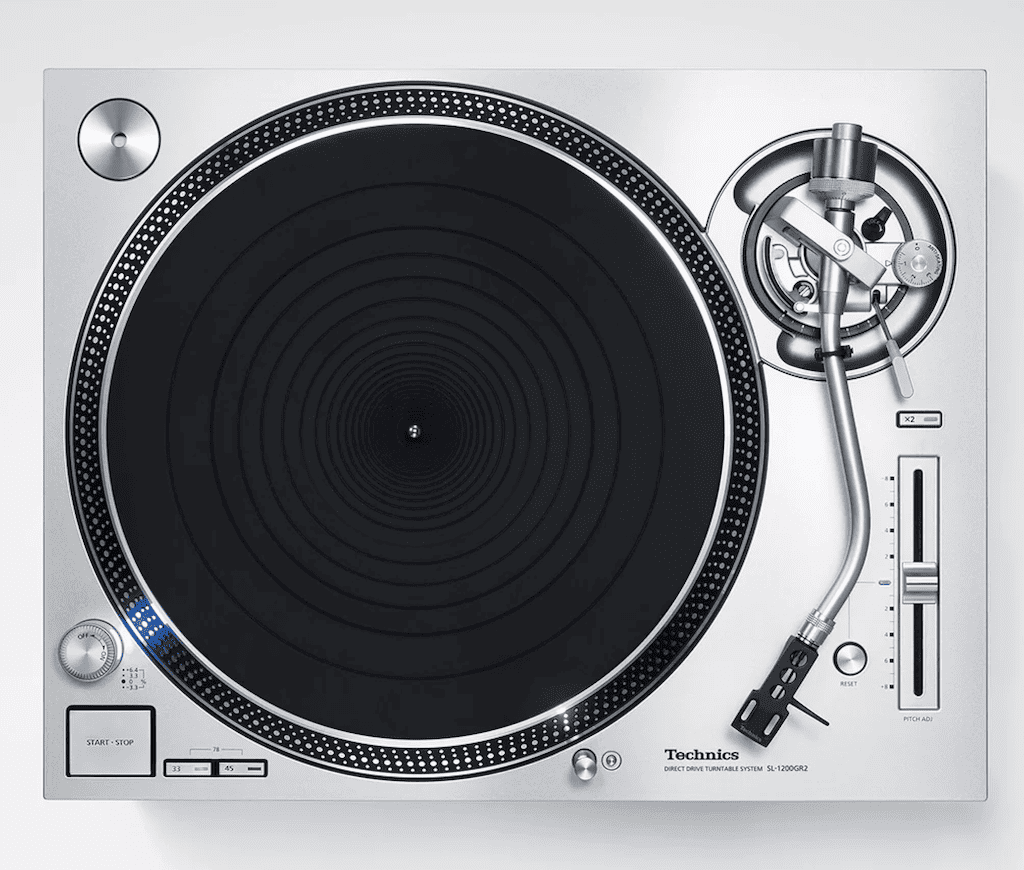WE’VE COVERED NEWS of Devialet’s new Phantom music system on this site in the past, along with a chat I had with Andy Kennard, Devialet’s General Manager for Asia (interview here). It’s safe to say that the French company is at the forefront of innovation in the hi-fi space but they’re not content to break new ground in the audiophile world, they want to change the way we play back music.
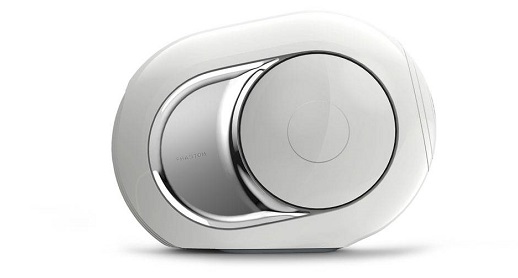 This makes sense because for every music-lover with a yearning to own a set of conventional speakers, an amplifier and a source or three along with all the associated cables, racks and other bits, there have to be dozens who just want a simple, plug and play music system that looks stylish and sounds good. As in hi-fi level good. And if it also ticks the boxes for audiophiles, then all the better. So enter the Phantom. A while back, I had the opportunity to see and hear the Phantom when a couple were on demo at The Audio Consultant in Auckland.
This makes sense because for every music-lover with a yearning to own a set of conventional speakers, an amplifier and a source or three along with all the associated cables, racks and other bits, there have to be dozens who just want a simple, plug and play music system that looks stylish and sounds good. As in hi-fi level good. And if it also ticks the boxes for audiophiles, then all the better. So enter the Phantom. A while back, I had the opportunity to see and hear the Phantom when a couple were on demo at The Audio Consultant in Auckland.
Designed not just to be an all-in-one music system, the Phantom is also intended to change the way people think about high-fidelity audio. Everything about this thing is confounding, assuming of course that you’re approaching the subject from a conventional hi-fi perspective.
First up, the form factor makes no sense at all if your understanding of “proper” hi-fi involves speakers. Sure there are dozens of curvy cabinets out there but for the most part, speakers are vertically orientated boxes. And most of them have to have an amplifier plugged into them.
Amplifiers obviously generate power; some of the single-ended valve models generate only a few watts, while others are capable of far gruntier outputs, particularly the massive American models and certain Class D types. The Phantom has its own internal amplification, and despite its size, it can manifest 750 peak watts (and a mighty 3000 peak watts for the Silver Phantom version). That’s enough to get to 99dB and 105dB respectively. The latter figure is incidentally the EU volume limit for live venues from what I’m told. So pretty loud then, thanks to a surfeit of power and a very careful match of that power to the driver materials and chassis design. It’s apparently impossible to overdrive a Phantom – the clever electronics make sure of this.
In the old world, an amplifier usually needs to have a source plugged into it unless it’s a newfangled model with Bluetooth or wireless streaming. But then again, no one uses Bluetooth for critical listening, and wireless is still pretty rare, so you’re still dealing with cables, boxes and racks. The Phantom is wireless bar a power cable, and I have to say that this thing is pretty damn compact.
“But there are so many wireless speaker systems that are also compact and wire free, think B&W Zeppelin for example”, I hear you say. True, but none of them sound like this!
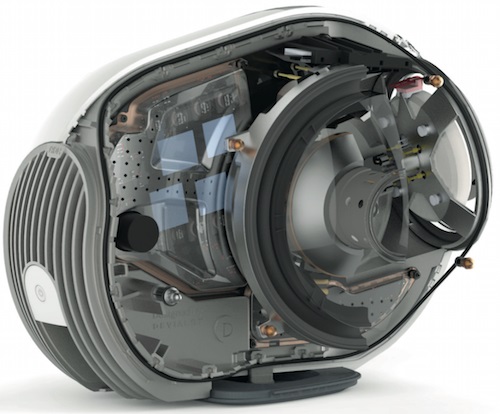 Even a brief listen to a pair of Silver Phantoms shows that this device ticks a lot of the boxes that audiophiles and general-purpose music lovers lust after. There’s volume aplenty, along with levels of bass that needs to be experienced to be appreciated. If this little box were designed to do one thing and one thing only – to put out low bass like a subwoofer, then its bass output and overall quality would be impressive to say the least, considering the form factor. The fact that it actually reproduces the rest of the music so well is a testament to the massive R&D effort behind it, and of course to the engineering and design team’s willingness to start off with a clean sheet of paper instead of just making marginal improvements to already implemented technology. The approach here is much like what Apple did in the early days of the iPod, iPhone and iPad – look at what’s been done thus far, then do it very differently. Better too.
Even a brief listen to a pair of Silver Phantoms shows that this device ticks a lot of the boxes that audiophiles and general-purpose music lovers lust after. There’s volume aplenty, along with levels of bass that needs to be experienced to be appreciated. If this little box were designed to do one thing and one thing only – to put out low bass like a subwoofer, then its bass output and overall quality would be impressive to say the least, considering the form factor. The fact that it actually reproduces the rest of the music so well is a testament to the massive R&D effort behind it, and of course to the engineering and design team’s willingness to start off with a clean sheet of paper instead of just making marginal improvements to already implemented technology. The approach here is much like what Apple did in the early days of the iPod, iPhone and iPad – look at what’s been done thus far, then do it very differently. Better too.
To cut a long story short, the two Phantoms sounded much like a hi-fi system, complete with that combination of delicacy and impact that effectively makes high-fidelity music what it is. You can buy a Kicker iPod dock thing if you want to go loud and stay compact but that approach is about as subtle as a brick through the front window, as is the sound! Or you can buy a set of good earphones and get all the delicacy and control in the world but good luck filling a room with that sound.
Two Phantoms with the Dialog wireless hub seemed to me to be all the hi-fi most people will ever want or need. They’re able to run very loud and do justice to bass heavy music in a way that many small and medium conventional hi-fi speakers absolutely can’t, yet they’re still able to effortlessly reproduce the subtleties usually found in the aforementioned “proper” hi-fi systems. It’s an interesting and intriguing combination, one that I like a lot given the fact that my own hi-fi system has been reduced to a couple of pairs of Ultimate Ears in-ear monitors and a Bose Soundlink Colour, all of which are much easier to drag around the world than massive floorstanders and five boxes of amplification.
Theoretically, if I was really OCD about good sound, and my baggage allowance wasn’t taken up with camera gear, vegan protein powder and a 29-inch mountain bike(!) I’d be able to drag a Phantom around with me wherever I went. At 11kg plus the carry case, it’d be fine on most airlines bar the extra-stingy single 23kg bag allowed on Air New Zealand. That portability means that a Phantom (or two) can be just as easily moved from home to holiday home to boat to office and back home again, which is going to be incredibly appealing to some potential buyers. As I’ve said before, it’s worth bearing in mind that the Phantom’s market isn’t audiophiles. Sure, Devialet won’t be unhappy if a few hundred or thousand hardcore hi-fi nuts bought one or two units, but I’d pick that the vast majority of buyers will be looking for a distinctive, easy to use and sweet-sounding music system that doesn’t involve piles of cables or speakers all over the lounge.
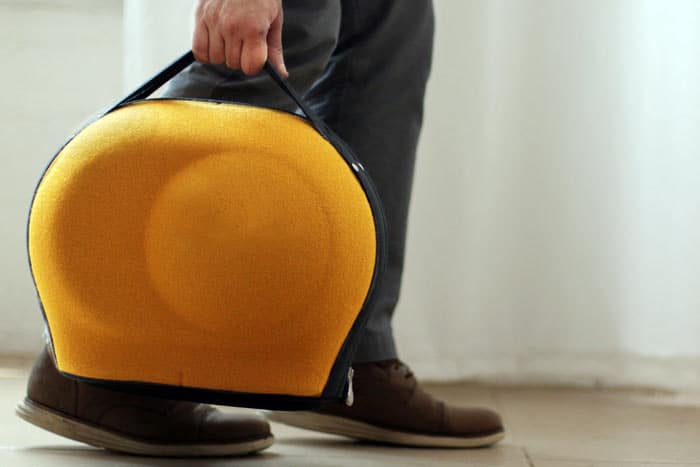 A Phantom system can range from a single unit to 24 of the things, all running on their own dedicated Wi-Fi network and all able to stream high-res audio as needed. So it’s a multi-room capable system too, and you could run them in a home theatre environment too. So this is an easily expandable, easily upgraded music system that sounds good and looks amazing, particularly when it’s being driven hard with the side-firing drivers whipping back and forth over the course of their dramatic excursion. After a long wait, I’m impressed by every part of the Phantom equation. I could live with one, or two. All I can say at the end of this is bloody good work Devialet, bravo! Also, I could use a long-term review unit sent to me in Thailand, address to follow. ASHLEY KRAMER
A Phantom system can range from a single unit to 24 of the things, all running on their own dedicated Wi-Fi network and all able to stream high-res audio as needed. So it’s a multi-room capable system too, and you could run them in a home theatre environment too. So this is an easily expandable, easily upgraded music system that sounds good and looks amazing, particularly when it’s being driven hard with the side-firing drivers whipping back and forth over the course of their dramatic excursion. After a long wait, I’m impressed by every part of the Phantom equation. I could live with one, or two. All I can say at the end of this is bloody good work Devialet, bravo! Also, I could use a long-term review unit sent to me in Thailand, address to follow. ASHLEY KRAMER



